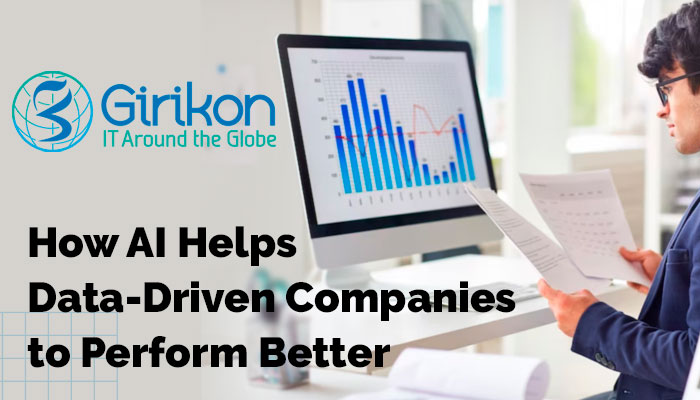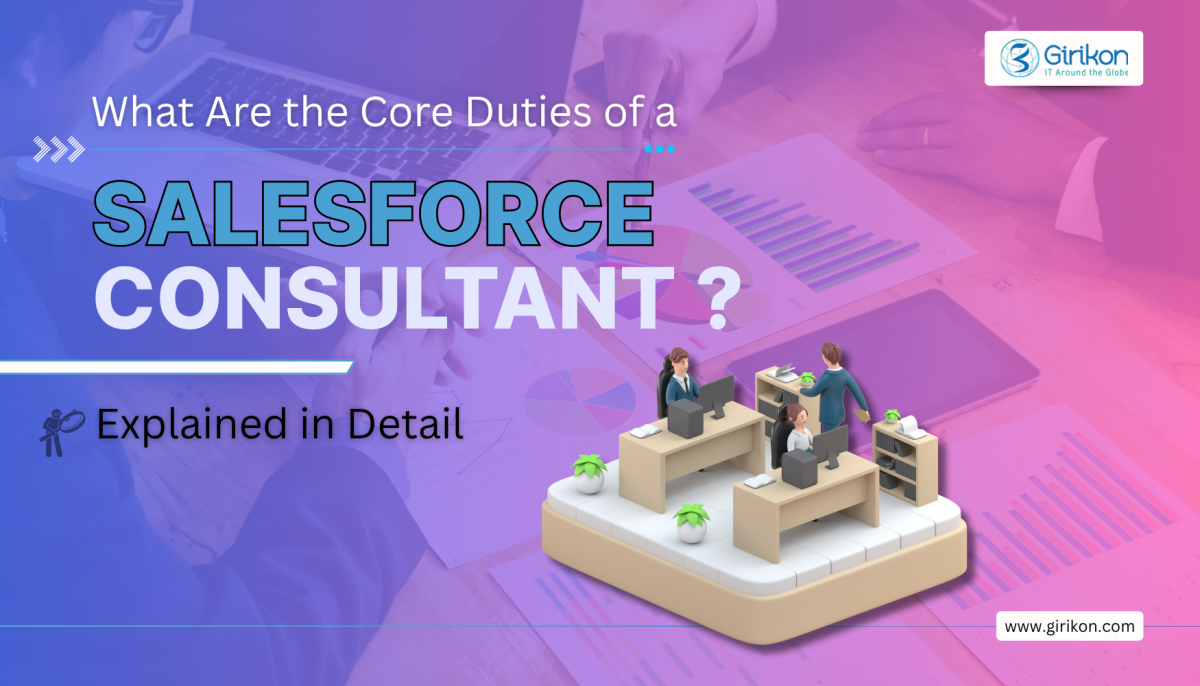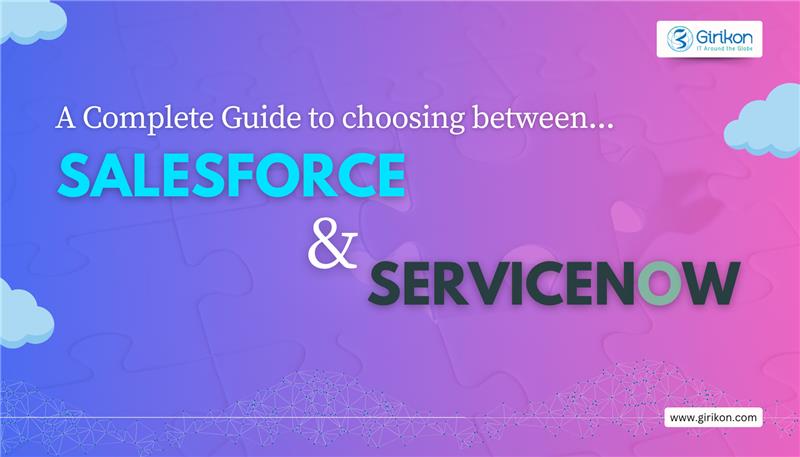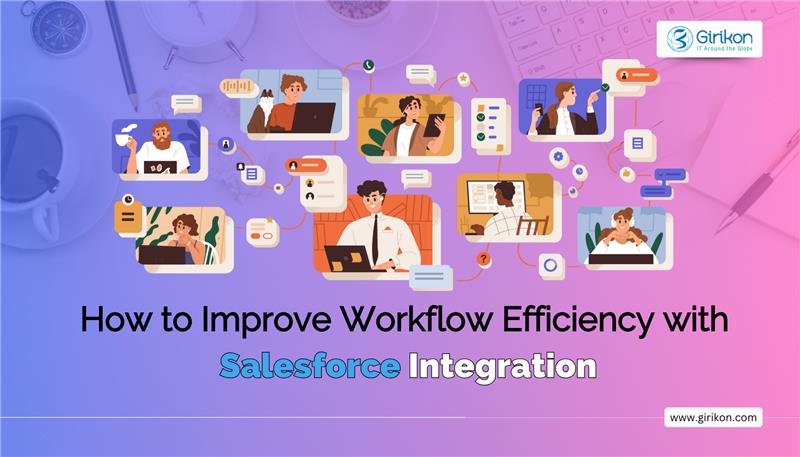Our Blogs
Businesses today are generating mountains of data and forward-looking business leaders recognize that there are critical insights hidden inside their data. With AI, businesses can unlock these insights to identify trends, opportunities, and challenges. Building a strong enterprise-wide data culture along with robust and trusted AI holds the key to unlocking these hidden insights.

While business leaders recognize the value of data for decision-making, a recent global survey conducted by Salesforce amongst 10,000 of them reveals some interesting facts.
- 67% of them are not using data for making critical decisions like product or service pricing
- Less than 33% use data to drive strategies for new markets
- 79% don’t leverage data for diversity and inclusion
While the above numbers revealed something unexpected, here is what the survey summarized.
- Companies that make data-driven decisions are more likely to beat sales targets than those that don't
- Companies that combine AI with their data showed an average increase of 30% in revenue
- Companies that embrace this approach are able to reassign human and financial capital quickly and can create personalized customer experiences much faster
What can you do now?
Here are some suggestions for creating a strong data culture. We will take these items up later in this article.
- Put together the right team
- Provide them with the right tools and training
- Test your theories on a pilot scale and iterate
- Prioritize the human aspect of your data culture
- Identify areas where AI can derive more value from your data
Data-driven V/s data-informed
In a data-driven company, most of the organization’s employees can access and analyze data, draw inferences about what it means, create a dashboard, visualize data, and use all of these to determine the next steps. Employees in a data-driven organization don't depend on data analysts to do this.
Being data-informed enables organizations to make decisions based on a mix of data, research, experience, and insights. Data-informed organizations may or may not have the skills that data-driven organizations have.
Why is it critical to build a strong data culture
Business leaders have to deal with countless challenges before embarking on building a data culture. Avoid over-analysis by starting with a single use case that validates the value of your new data culture approach. McKinsey research has shown that data-driven organizations achieve their goals faster and their data culture initiatives contribute at least 20% to earnings.
Here’s why this works:
Data analysis identifies actionable trends
Data analysis identifies patterns that unlock value and enable organizations to utilize opportunities faster. Adding AI to the mix can accelerate the process by doing a deeper dive into data analysis at scale and serving up recommendations. Combining data and AI drives growth, promotes innovation, fosters collaboration, and creates uniqueness.
AI and machine learning increase success by 30%
Organizations that still rely on legacy knowledge and instinct to guide decision-making are missing out on opportunities. With AI and machine learning, organizations can make quick and accurate decisions. According to Salesforce research, adding AI to organizational data and business functions eliminates the guesswork from the decision-making process and increases success by an average of 30% across important metrics like operational efficiency, employee productivity, and topline growth.
Strategic work keeps employees engaged
When decision-making is guided by data analysis, employees spend less time on mundane tasks that add little or no value and can focus on strategic or creative tasks. This keeps them engaged and improves their productivity. Salesforce research shows that 84% of organizations that have adopted a data culture observed higher employee retention.
Empower the right team
The best way to create a team of data champions is by showing not telling. Illustrate with real numbers how data-driven decision-making increases revenue and customer satisfaction and streamlines operations. Instead of choosing any random use case to illustrate your point, capture their attention by selecting a project that scores a financial win and one that you can scale for greater impact.
Here’s how you can start:
Step 1: Put together the right team
Create a working group of employees from across the organization with diverse backgrounds and functions. These team members should have a collaborative mindset, unique skills and abilities, and individual organizational perspectives. Ensure that you include employees across the corporate strata such as senior executives, managers, engineers, consultants, and machine learning scientists.
Step 2: Provide them with the right tools and training
Salesforce research stats on data literacy don’t paint a pretty picture. Only 35% of the surveyed workforce has received training on data visualization tools and 29% on statistical tools. 27% percent workers say they can interpret data outputs relevant to their job function, and only 26% say they can use that data to make decisions. With proper access to training on technology-driven data analytics, organizations can empower their entire workforce to unlock the power of data to drive decision-making.
Step 3: Test your theories on a small scale and iterate
Start small, analyze results, refine your theories and iterate. Eventually, a winner will reveal itself when your employees can measure the impact of your project on their bottom line.
Step 4: Prioritize the human aspect of your data culture
Encourage involvement of all team members in the entire process from setup, testing, fine tuning, to data analytics and its application for decision making. This will ensure that you avoid bias and guesswork which can have a negative long-term impact.
Take data at face value to avoid bias by proxy. Let’s consider ZIP codes as an example. At face value, they are just a location indicator. But sometimes ZIP codes can be a proxy for an area’s racial makeup and financial services companies consider ZIP codes in loan applications. Decisions based on this data point must be free of bias.
Step 5: Identify areas where AI can derive more value from your data
You can start your AI journey at many places, in any department, for any function, or extend it further if you’ve already started. Start small, demonstrate results, and bring everyone on board. Establish guidelines and standards for consistency, security, accountability, and ethics from day one. Ensure completeness and accuracy of your data to make the best use of AI.
Incorporating an AI-driven data culture can be a daunting task. It takes time and effort to bring people on board, retain their interest, and demonstrate results. For most business leaders, this transformation may be a whole new experience. This is where working with a Salesforce Consulting Partner could prove to be very useful. At Girikon, our certified consultants can guide you on this transformational journey of embracing AI with a strong data culture.
Contact us today. Take the next step to build your AI-powered data culture.

 +1-480-382-1320
+1-480-382-1320 +44-7428758945
+44-7428758945 +61-1300-332-888
+61-1300-332-888 +91 9811400594
+91 9811400594


















